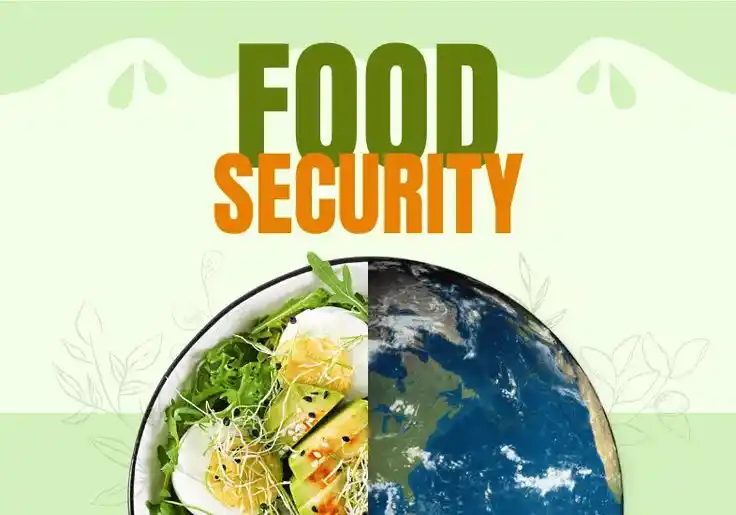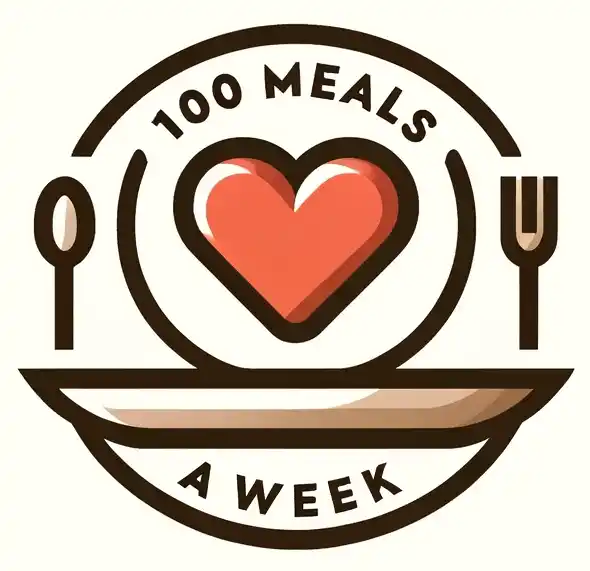Beyond Calories: Uncovering the Complexities of Hunger and Food Security

The world’s fight against hunger isn’t just about filling stomachs—it’s about understanding what it means to be hungry in a world where food systems are increasingly stretched to their limits. While the United Nations Sustainable Development Goal 2 (SDG2) aims to “end hunger, achieve food security, improve nutrition, and promote sustainable agriculture,” measuring progress toward this goal requires more than just counting calories. Hunger is more nuanced than a simple lack of food—it’s about what kind of food, who has access to it, and how sustainable that access is.
Why Measuring Hunger is Tricky
To address hunger, we need to be able to measure it accurately. But here’s the catch: measuring hunger is a political, economic, and scientific balancing act. The indicators we use today to assess global hunger were not chosen in a vacuum. They are products of both pragmatism and political negotiation—and therein lies the issue. While some measures are undeniably useful, they often miss the broader picture. Let’s dig deeper into how hunger is measured and why this matters.
The Calorie Obsession
Traditionally, food insecurity has been measured by the amount of calories available to a population. The logic is straightforward: if people don’t get enough calories, they are hungry. But the story doesn’t stop there. A person might consume enough calories, but what about the quality of those calories?
A calorie-rich diet doesn’t automatically lead to good health. Take the growing trend of junk food consumption worldwide. High-calorie, nutrient-poor diets are fueling both malnutrition and the rise of chronic diseases. In many countries, people consume enough calories, but they’re often from processed foods that lack essential vitamins and minerals. The problem? Hidden hunger. People are consuming enough energy to survive but not enough nutrients to thrive. For example, in regions where rice or wheat make up a large portion of the diet, people often suffer from micronutrient deficiencies (like iron or vitamin A), leading to anemia, stunted growth, and impaired cognitive development.
In fact, nutritionists argue that focusing on calorie supply alone misses the broader, more dangerous issues surrounding food insecurity. It’s time to ask: Are we measuring hunger correctly?
The Role of Food Safety and Quality
Consider the safety of food. Caloric measurements don’t account for the fact that unsafe food can make people sick and reduce their capacity to work or learn. From food-borne illnesses to the growing prevalence of pesticide residues, contaminants are a global concern. Every year, unsafe food causes 600 million illnesses and 420,000 deaths, yet food safety is rarely discussed in the context of hunger.
Even more concerning is the rise of food fraud, where products are labelled as nutritious but contain harmful additives or insufficient nutritional value. This is not just a problem in developing countries—it’s happening in some of the world’s most economically advanced nations. If we are to truly measure hunger and food security, we must ask: Is the food people are consuming truly safe and nutritious?
The Environmental Cost of Food Security
Then there’s the environmental cost of hunger. The current framework for measuring hunger largely overlooks the long-term sustainability of food production systems. Climate change, soil depletion, and the loss of biodiversity are creating a new generation of hungry people who are unable to grow enough food to feed themselves. The traditional view of food security fails to address the fact that the very systems we rely on to produce food are themselves under threat.
In 2020, the Intergovernmental Panel on Climate Change (IPCC) warned that without urgent action, the world could see a dramatic reduction in crop yields by 2050 due to climate change. Yet, when we assess hunger, these looming challenges are often ignored. Sustainable agriculture and climate adaptation are not just buzzwords—they are integral to any meaningful solution to global hunger. So the question is: Are we measuring the environmental sustainability of food security?
The Unseen Factors: Economic and Social Accessibility
Hunger is also about access—not just availability. Even when food is plentiful, it’s not always accessible. Whether due to economic inequality, political instability, or poor infrastructure, many people cannot afford or reach the food they need.
Think about the millions of people living in urban slums or rural poverty, where food may be available in the market, but its price is out of reach. Hunger is often a problem of access, not just scarcity. This is especially true in parts of the world where the cost of a healthy diet is simply too high for the average family. In Sub-Saharan Africa, for instance, the Cost of a Healthy Diet (CoHD) is often so high that families are forced to choose between nutrition and basic needs.
If we fail to factor in economic inequality and social barriers, we miss a huge part of the picture. In essence, hunger is not just about scarcity—it’s about inequality. So again, we must ask: Are we measuring the true accessibility of food?
The Path Forward: A Multi-Dimensional Approach to Hunger
Measuring hunger requires a multi-dimensional approach that goes beyond simply counting calories. We need to incorporate indicators that measure:
- Nutritional quality: Not just how many calories, but how nutritious they are.
- Food safety: Are the foods being consumed safe and free from harmful contaminants?
- Environmental sustainability: Is food production resilient to climate change?
- Economic and social accessibility: Can people afford and access nutritious food?
Adopting a more comprehensive understanding of food security will enable us to craft better policies, interventions, and aid efforts. After all, hunger is a complex issue—so our measurements and solutions must be equally complex.
A World Beyond Caloric Intake
As we strive to meet SDG2 and end hunger by 2030, we must evolve the way we think about hunger and food security. By shifting to a more holistic approach that considers nutrition, safety, accessibility, sustainability, and equality, we can create food systems that not only meet basic needs but also ensure long-term health and well-being for everyone. It’s time to measure hunger, not just by the food people eat, but by the opportunities they have to live healthy, thriving lives.
What role can communities play in improving food safety and nutrition?
